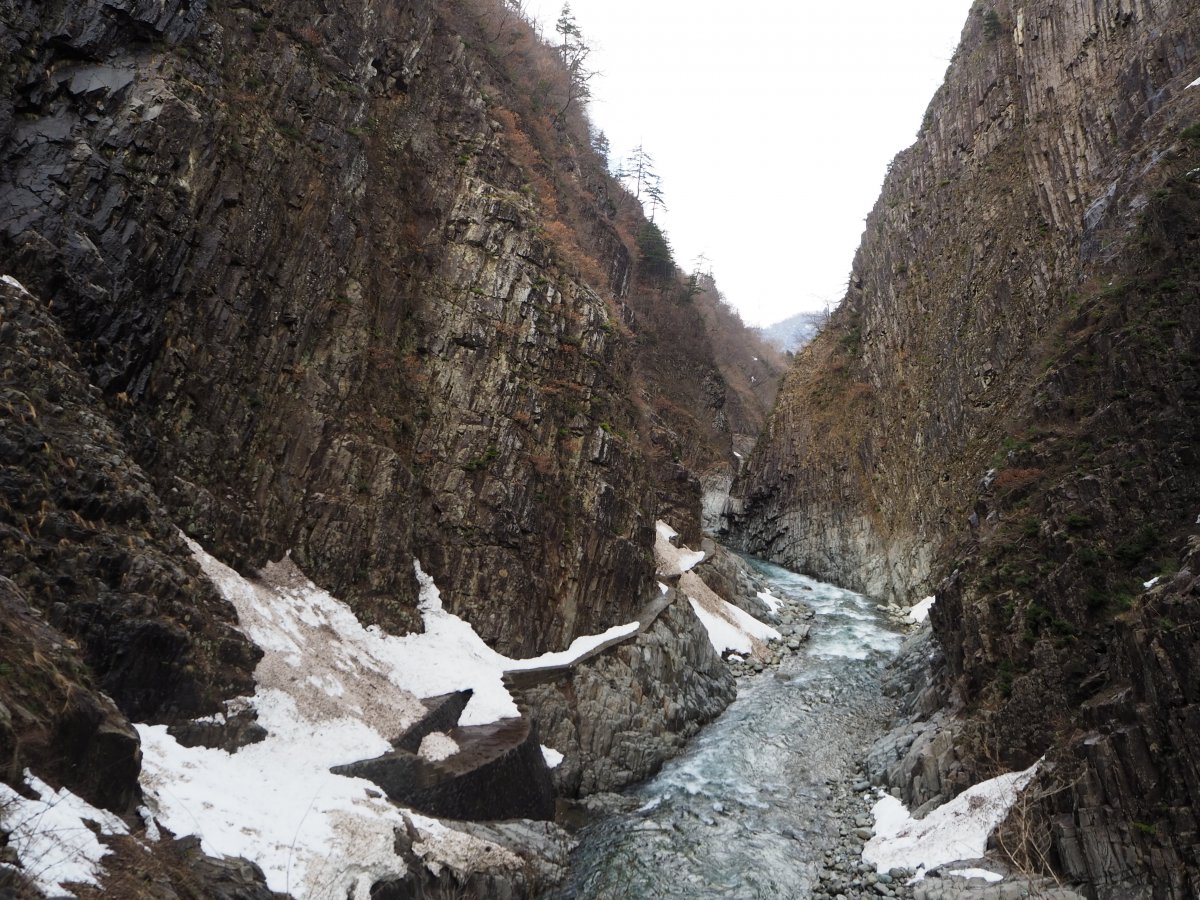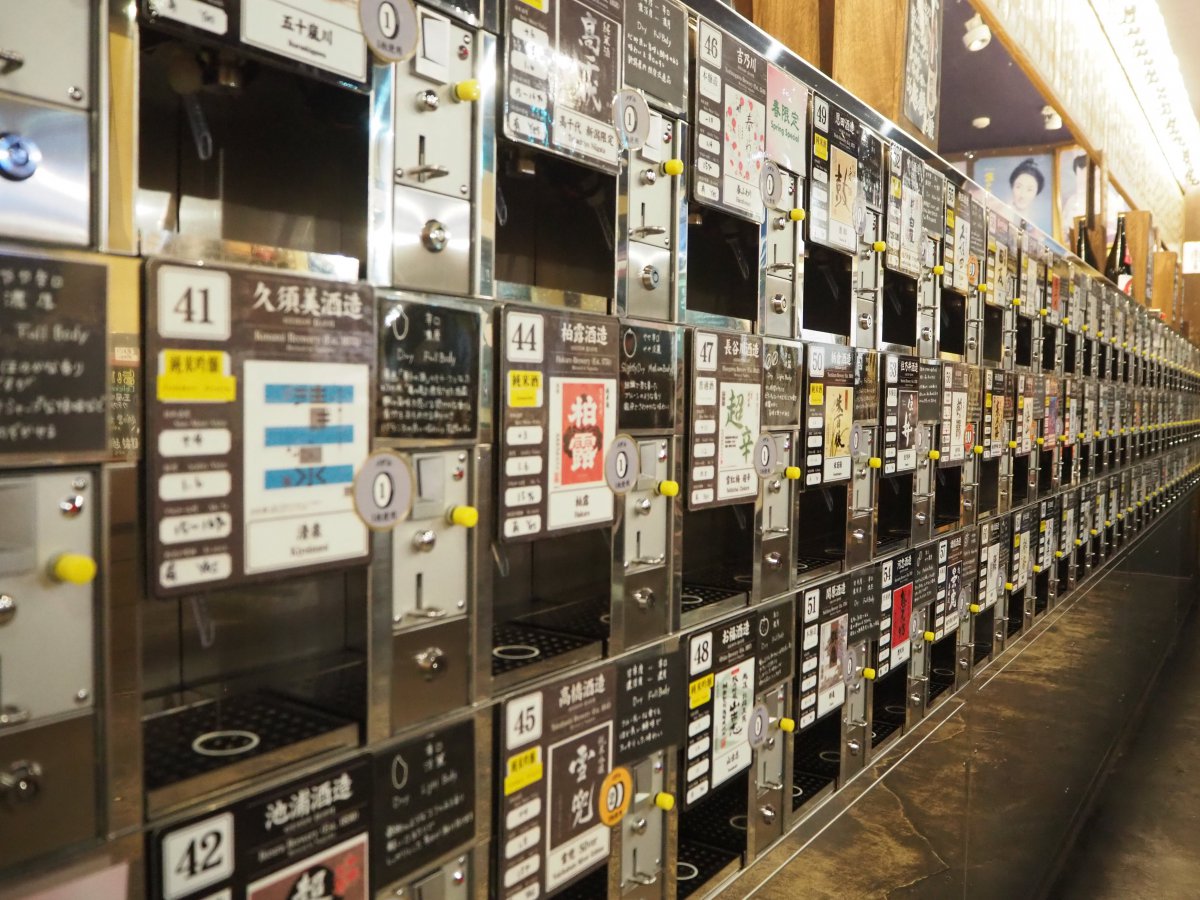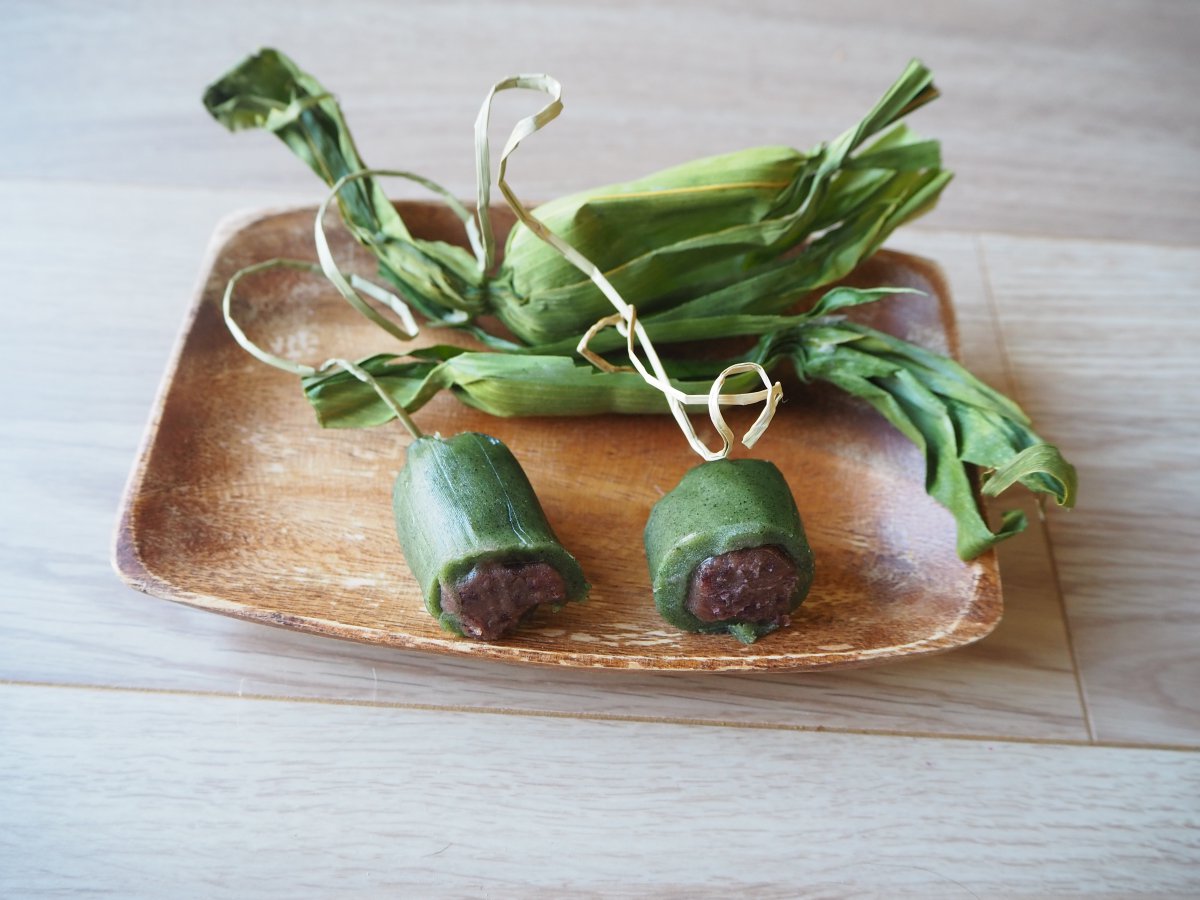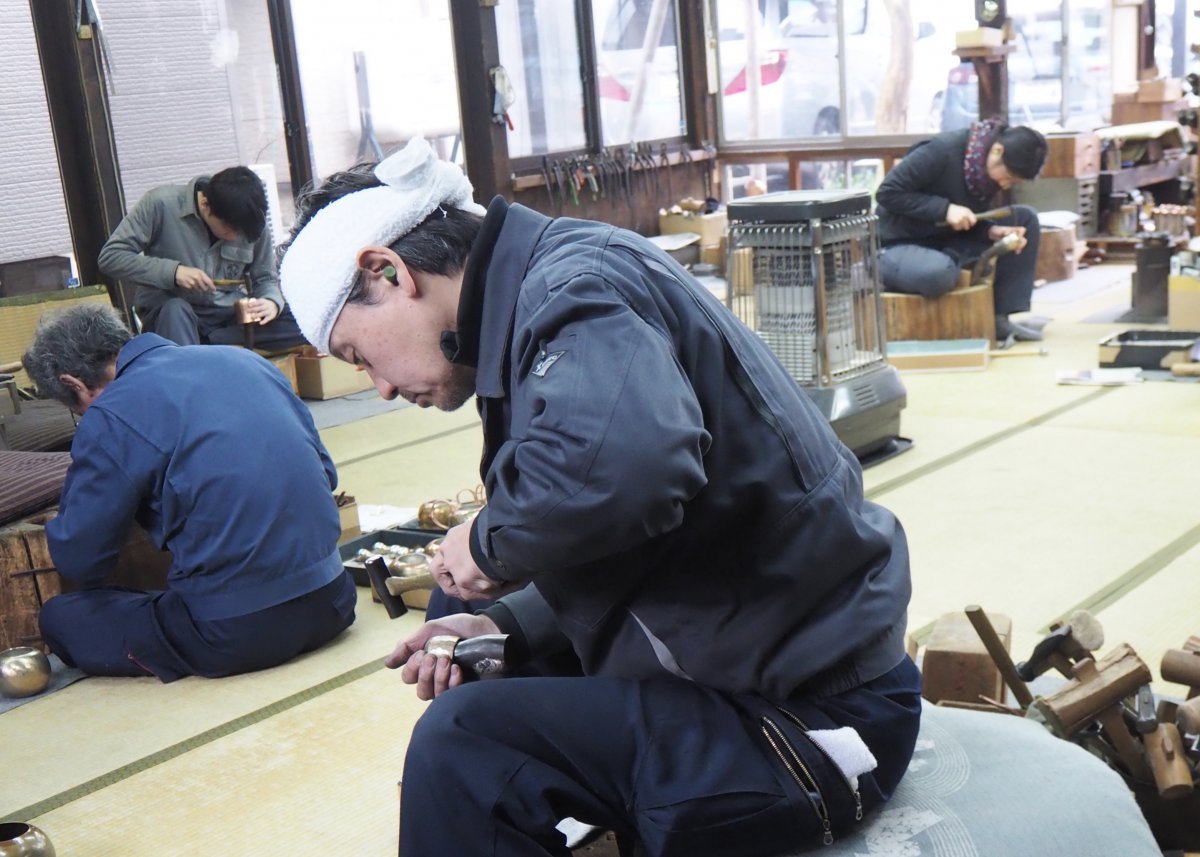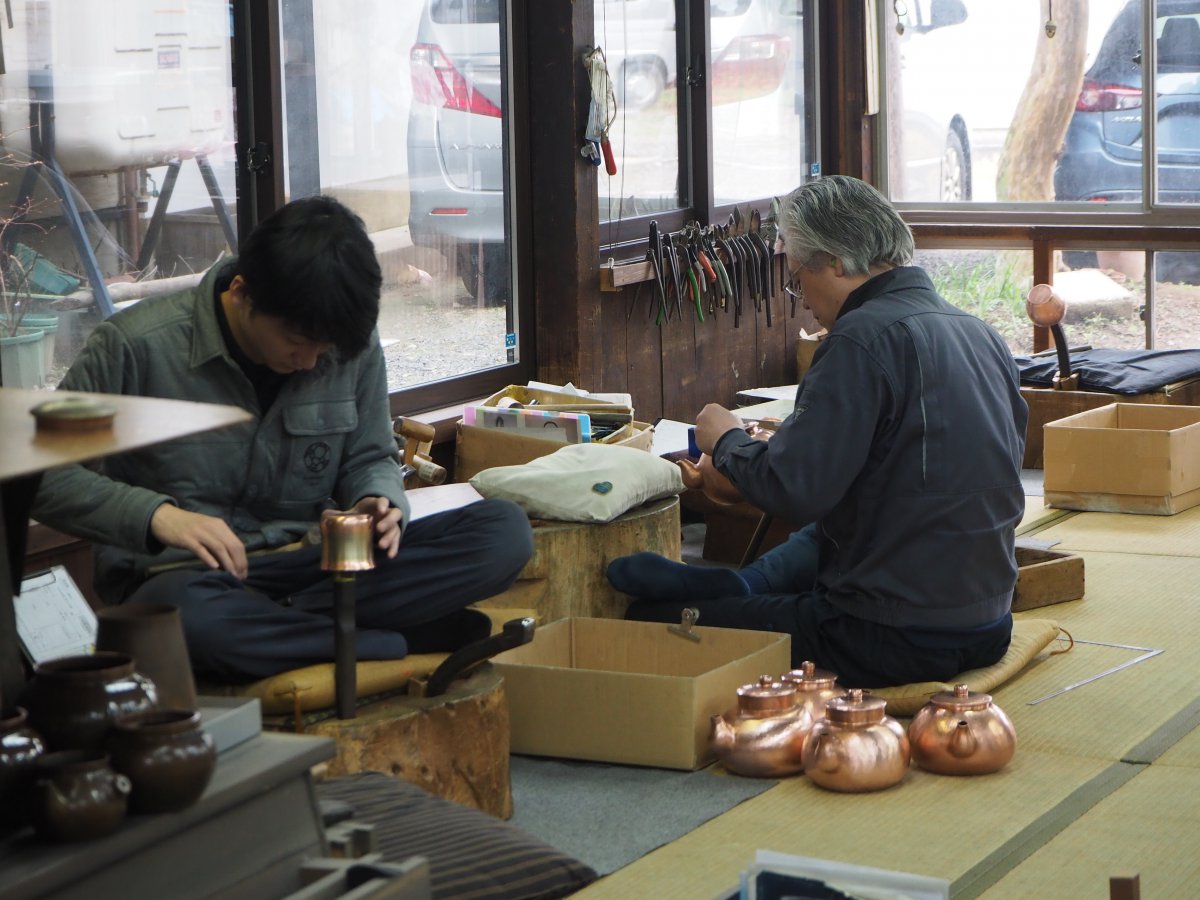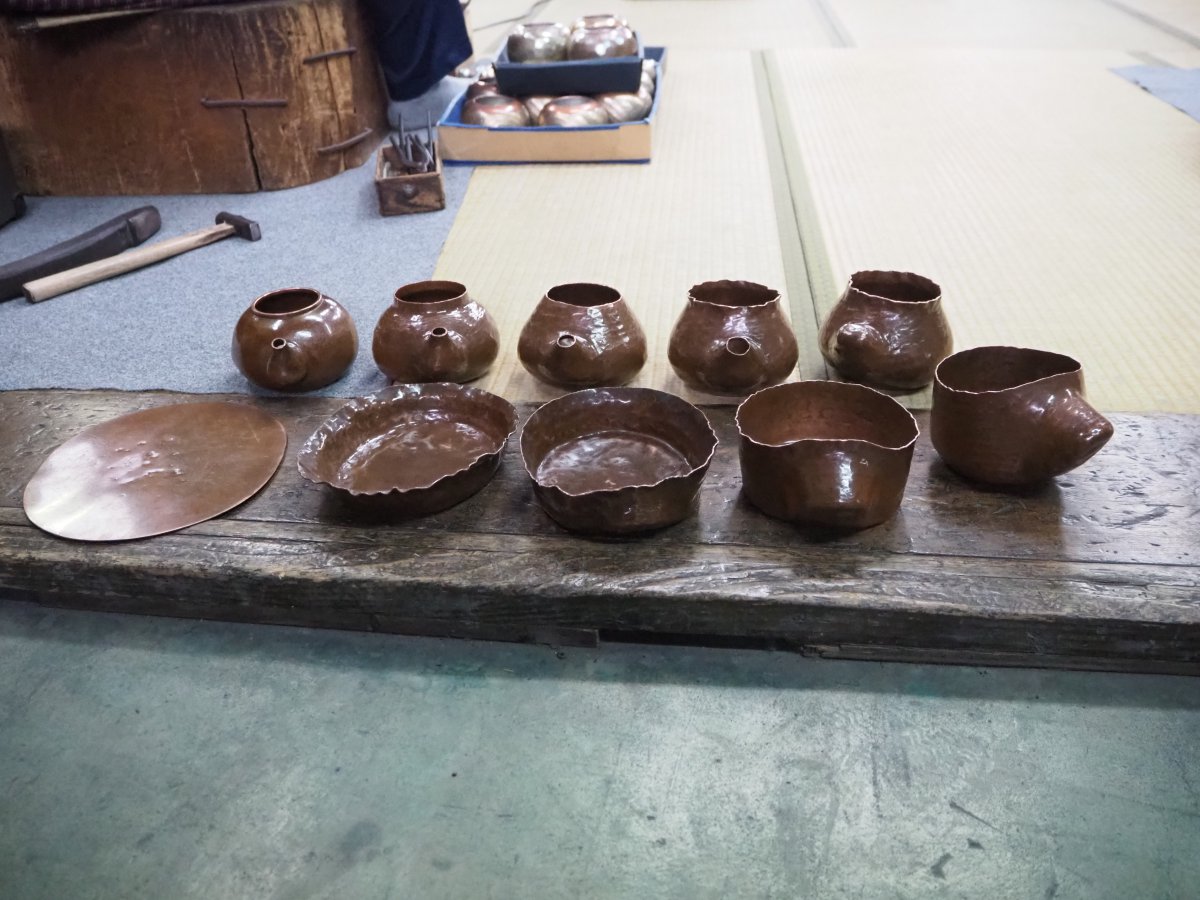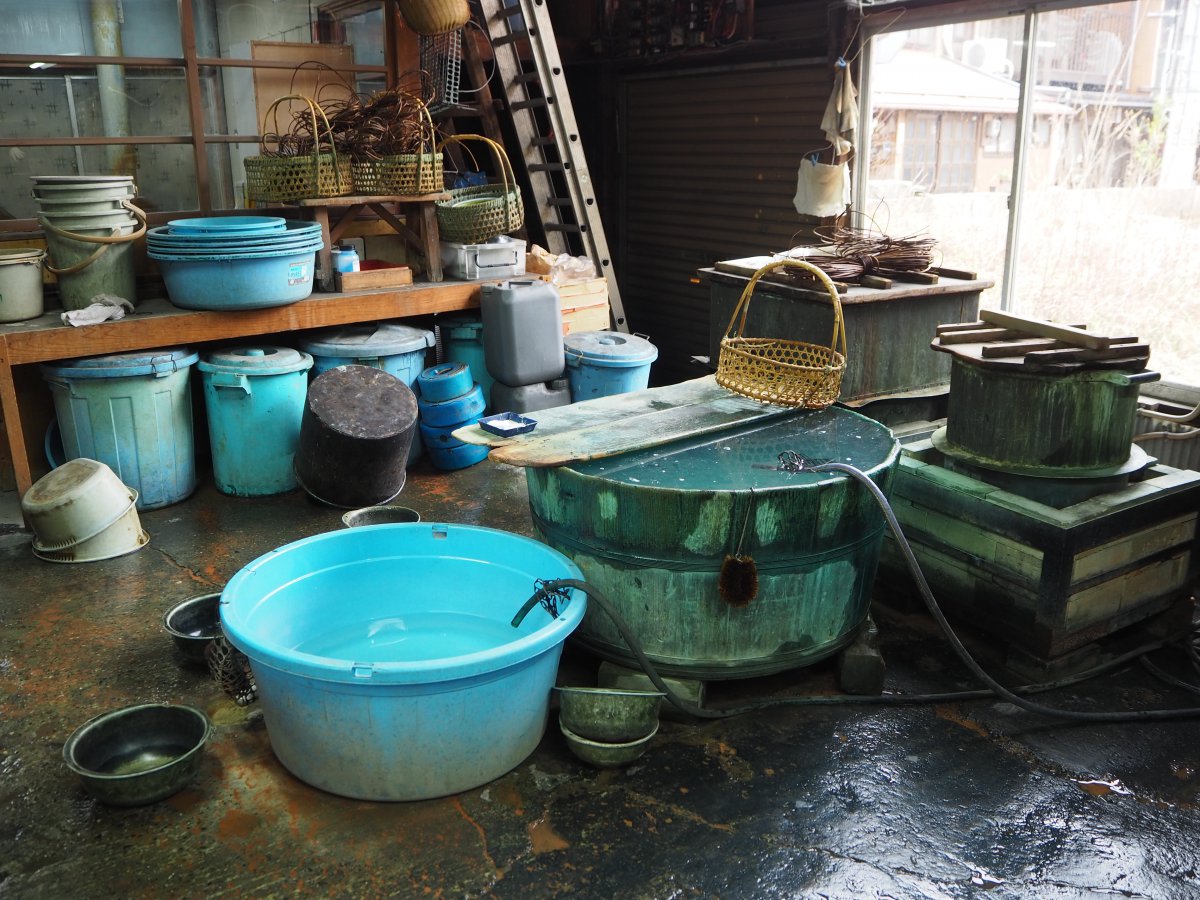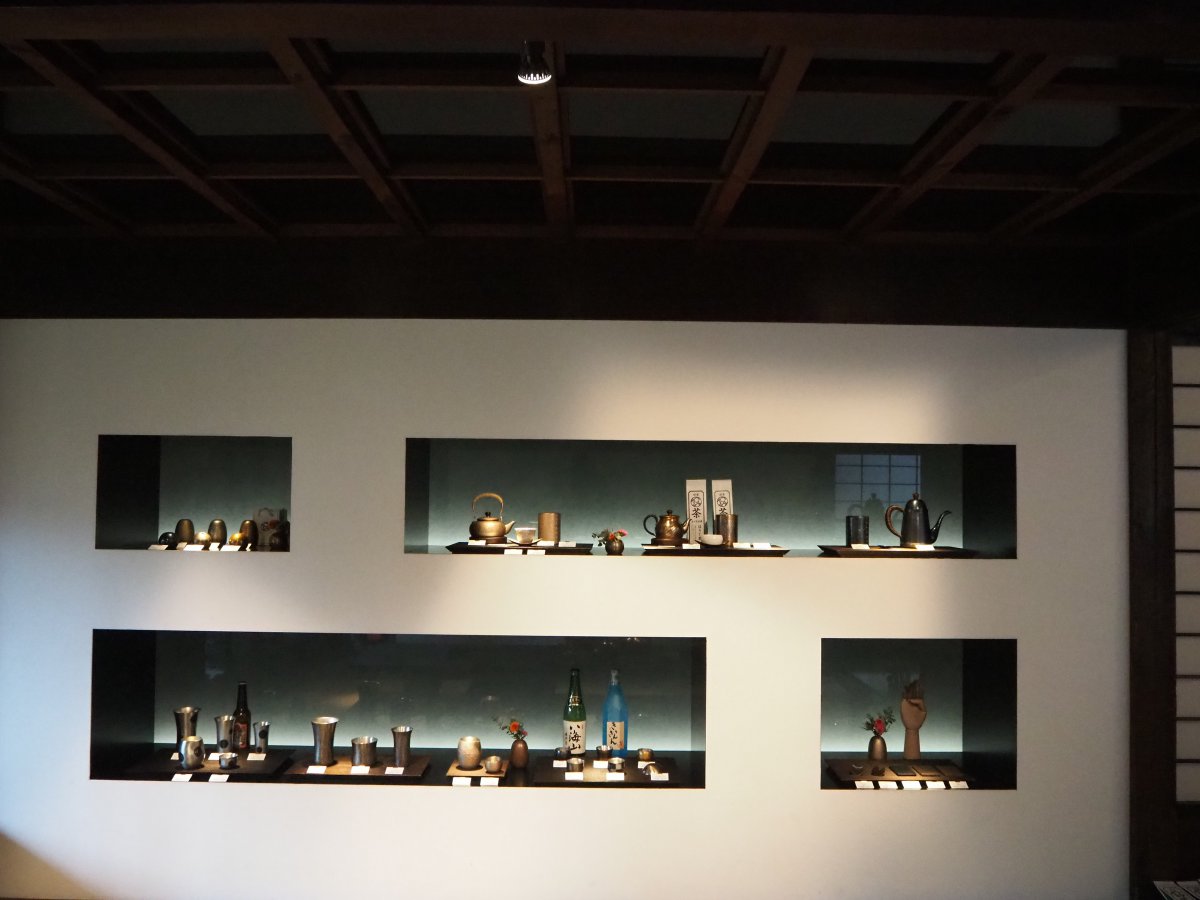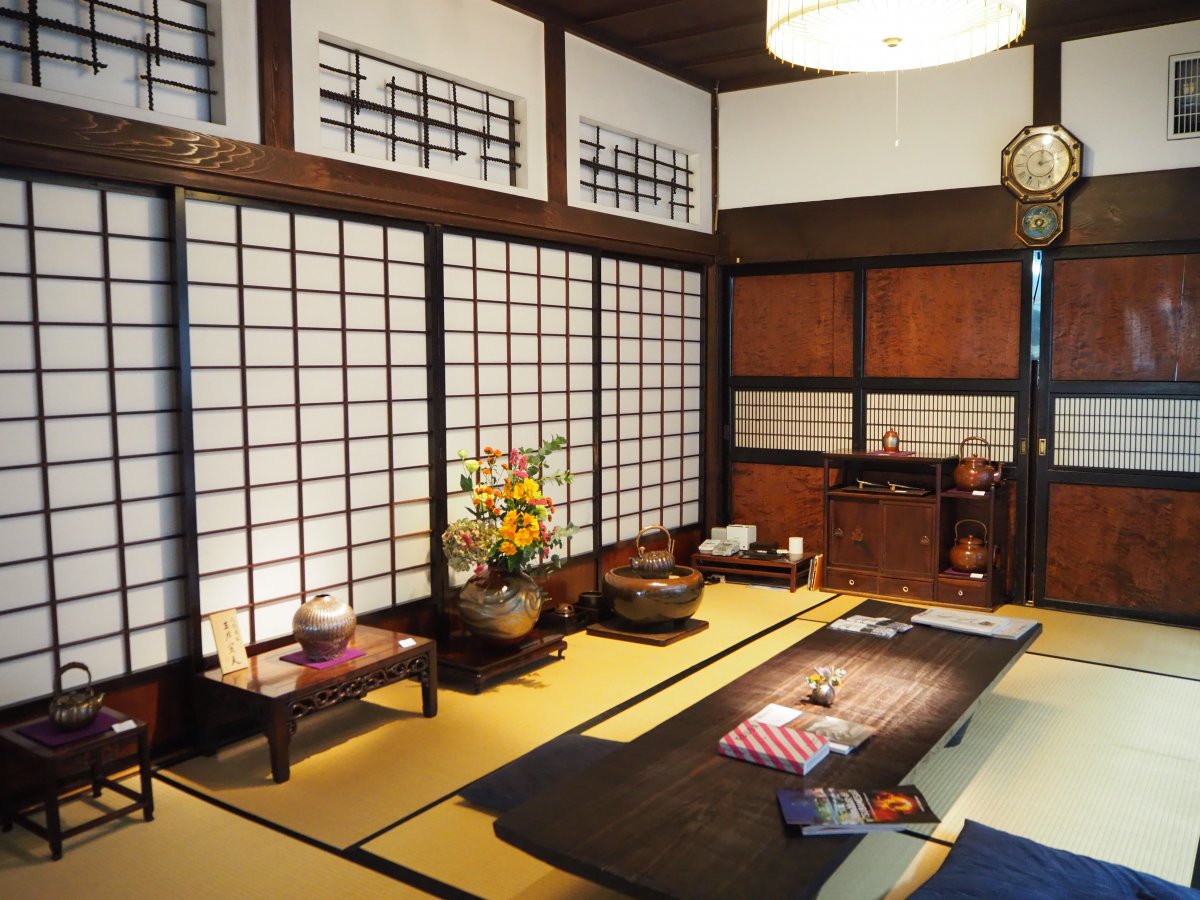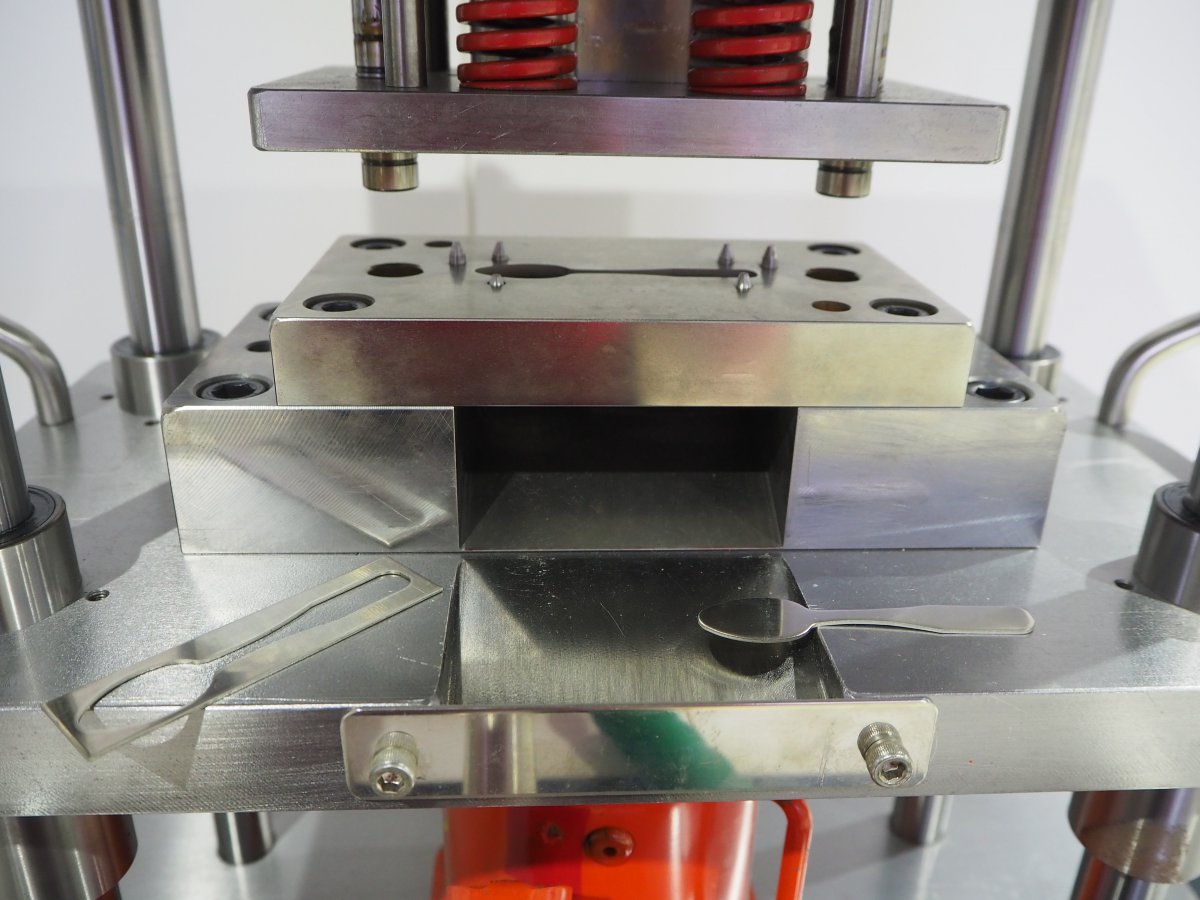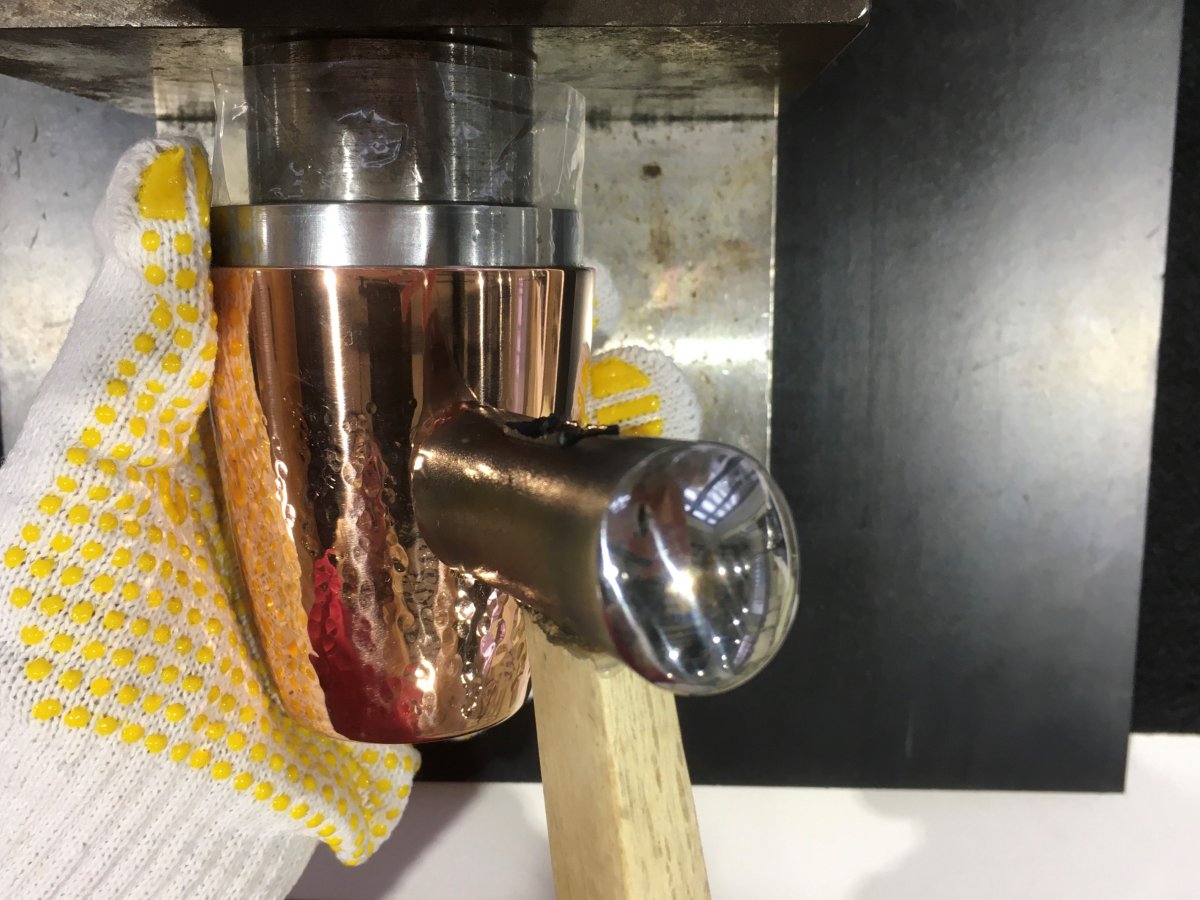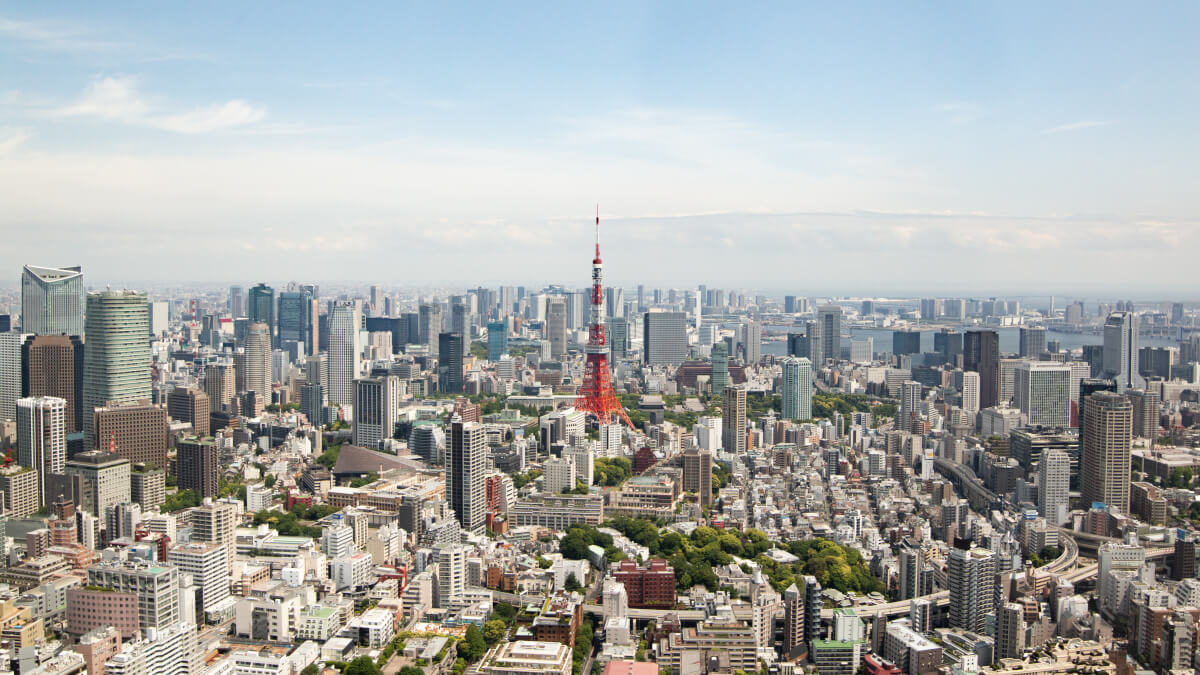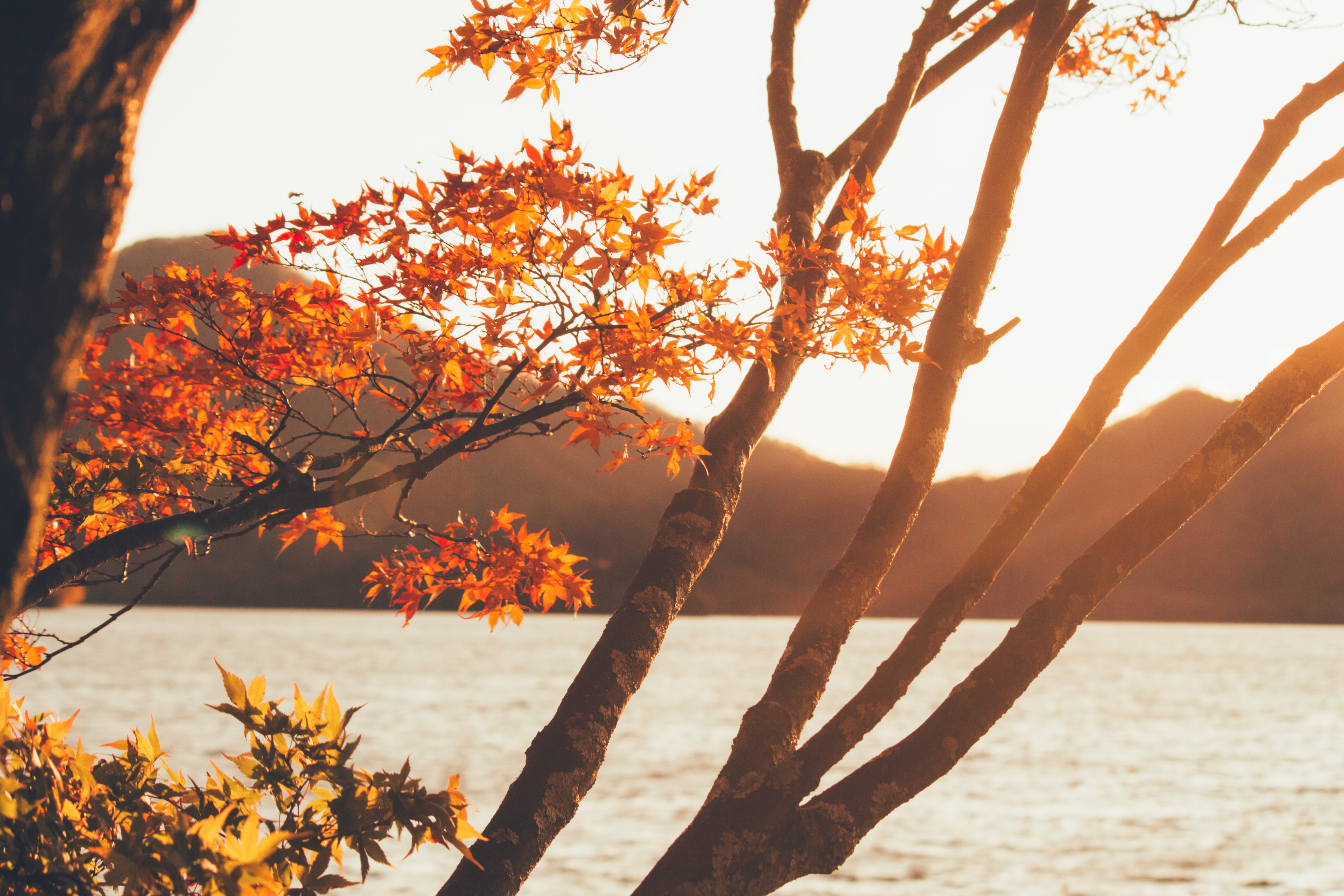In 2020, Japan Wonder Travel was given a project by the Ministry of Economy, Trade and Industry (METI) to promote 14 selected prefectures that have been affected by typhoons. We offered 20 internationals living in Japan, the opportunity to travel to several destinations and share their experiences while traveling and also after.
Qiraat – Niigata
Hi, I am Qiraat Cunningham and I have been living in Japan for two years. I have visited all 47 prefectures but I was excited to return to Niigata to explore some new areas!
Day 1
I set off from Tokyo Station on a Max Toki Shinkansen (any day that starts with a double decker Shinkansen is going to be a good one!) to Echigo-Yuzawa in Niigata. The Yuzawa area is a popular winter sports destination but the two day itinerary ahead of me couldn’t be more different. With the journey being under 90 minutes, it’s a good contender for a day trip or a weekend away.
Kiyotsu Gorge and the Tunnel of Light
My main excursion was a trip to Kiyotsu Gorge which is part of Joshinetsu Kogen National Park. From Echigo-Yuzawa, I got a bus for 25 minutes through snow-covered mountains which was a picturesque journey. It’s then a half hour walk to the gorge.
Kiyotsu Gorge is one of Japan’s top three gorges and it does not disappoint with its unique columned rock formations and vivid turquoise water running down the V-shaped ravine. It entices visitors all year, with summer and autumn being most popular, but it looked scenic even on a grey winter day.
You experience the gorge by walking through the Kiyotsu Gorge Tunnel, which is 750 meters long, and offers differing views from four platforms. The final platform gives a mesmerizing panoramic view reflected in a pool of water that you can walk across. It has understandably become a popular photo spot!
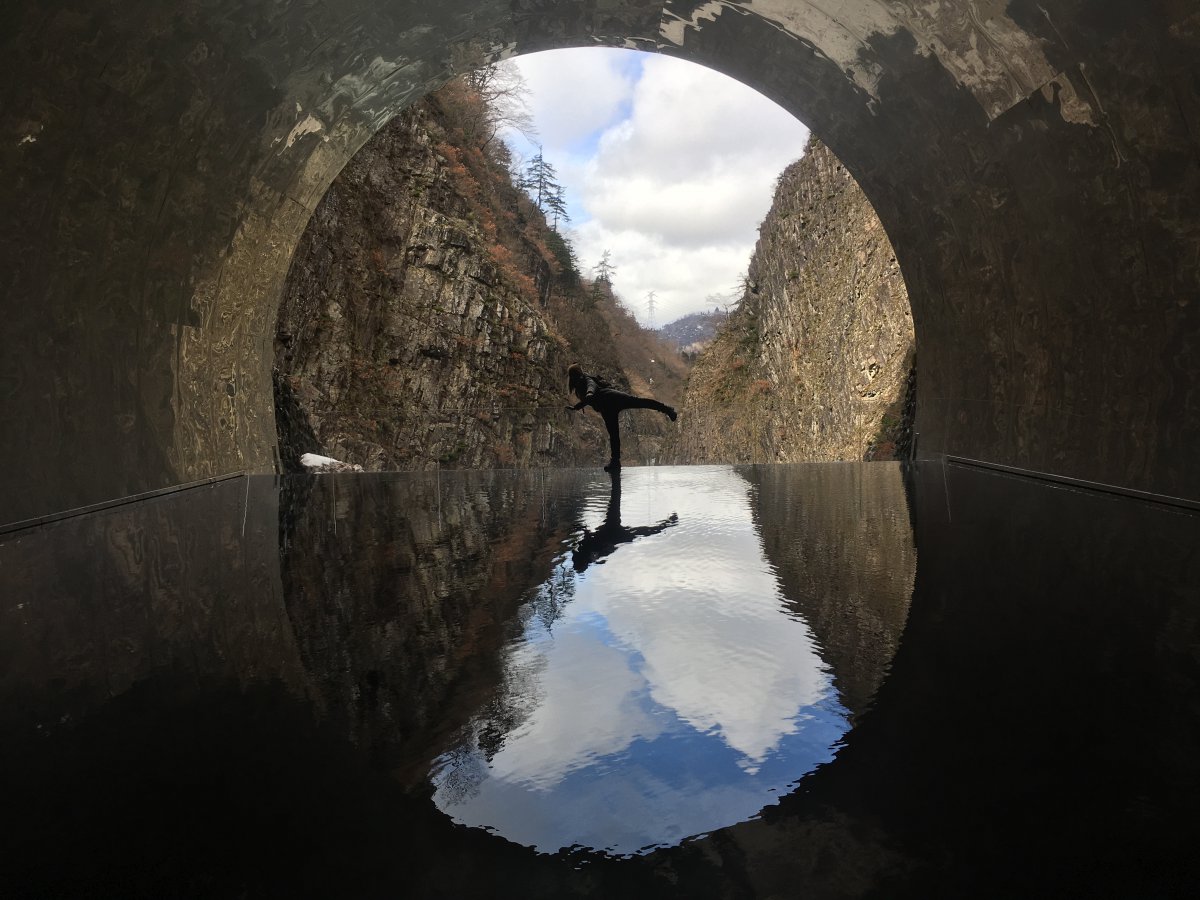
The tunnel was restored for the Echigo Tsumari Art Triennale, in 2018, as a piece of art called the “Tunnel of Light” by Ma Yansong/ MAD Architects. The walk between the viewing platforms is an experience itself with installations including dramatic lighting, atmospheric music and even a bathroom with a one-way mirror so you can admire the scenery without being seen!
The Tunnel of Light is a brilliant example of art based projects to help revitalize and attract visitors to rural areas. I would definitely visit the gorge again and would combine it with a trip to see other pieces and museums in the Echigo Tsumari Art Field in the area.
The tunnel is wide, flat, accessible to all and a round trip takes around an hour. There is a cafe and footbath at the tunnel entrance. There are car parks if you are driving, but if you are coming by bus you need to plan ahead as they only run four times a day. Full details and seasonal updates can be found here.
Sake Tasting at the Ponshukan Sake Museum
Niigata prefecture is famous for sake production and is home to around 90 breweries. After the gorge I visited the Ponshukan Sake Museum. For just 500 yen you get a sake cup with 5 tokens to sample 5 different sakes. There are rows and rows of small vending machines full of sake but luckily there are rankings and descriptions to help you choose. There’s an adjoining shop, restaurant and even a sake hot spring bath if you fancy a soak! Ponshukan is a must-visit for sake fans or a good place to start for the uninitiated who want to sample a variety at a low price!
Ponshukan is conveniently located inside Echigo-Yuzawa Station where there is also a market with a plethora of stalls selling local food and products. I tried some fragrant sasa dango. The dango (made from rice flour) is filled with red bean paste. The name “sasa” refers to bamboo as the dumpling is wrapped in bamboo leaves and then steamed giving the dango a subtle hint of bamboo flavour.
Day 2
Tour of Gyokusendo
It was time to explore another part of Niigata and I got the Shinkansen from Echigo-Yuzawa to Tsubamesanjo Station. This bisects the neighboring cities of Tsubame and Sanjo, which are home to traditional craftsmanship and metalwork industries focusing on kitchenware. Tsubamesanjo may not initially seem like a typical destination for tourists but for those looking for something a little different and hands-on it is well worth a trip.
I visited Gyokusendo, a world renowned copperware specialist, founded in 1816, that creates beautiful objects such as teaware, sakeware and vases. Each item is created by hand-hammering techniques, passed down for seven generations. The brother of the sixth head craftsman is a designated Living National Treasure in Japan! As I approached the building, a pristine Japanese garden at the front caught my eye. It was not at all what I had been expecting from a copperware factory!
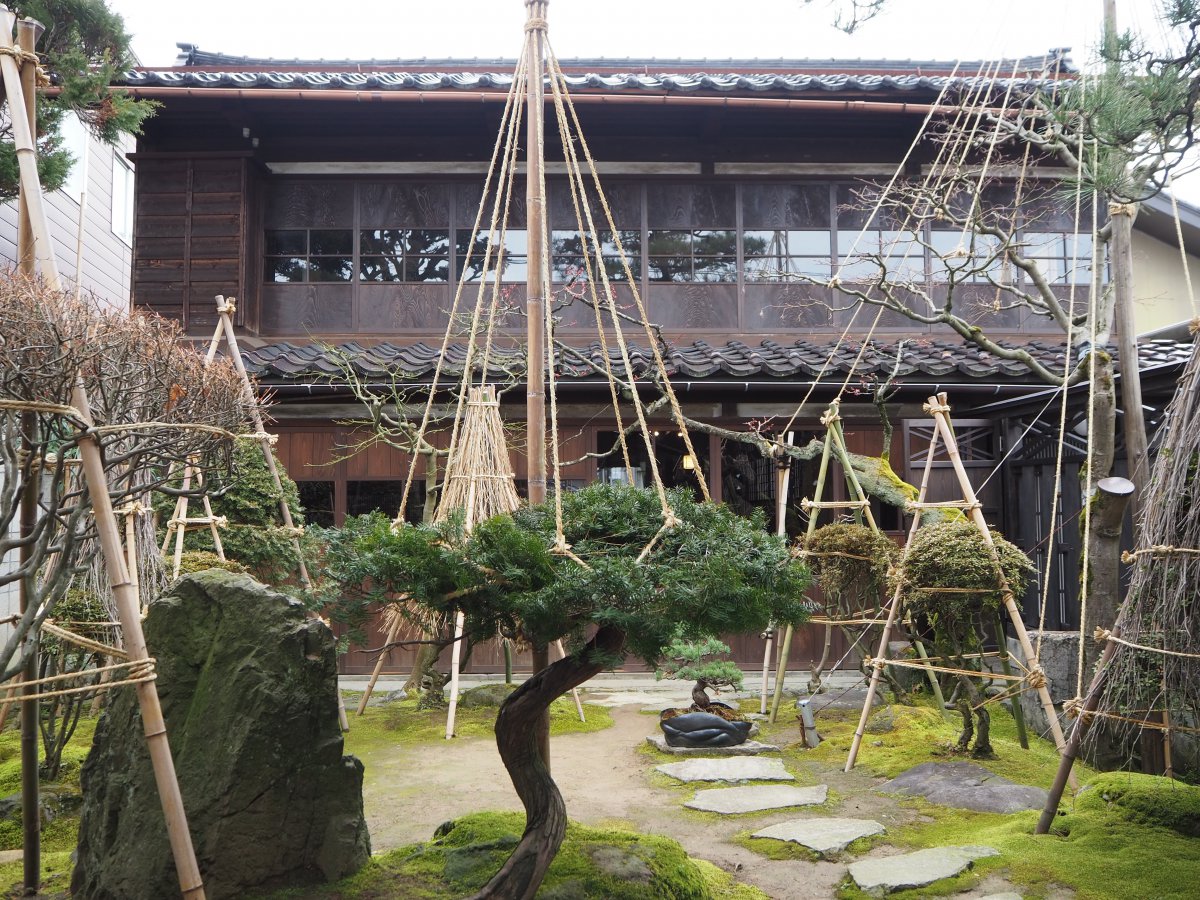
As I was guided around the factory (on a free tour in English), I saw the artisans at work and learnt about the processes, techniques and the staggering amount of effort required to produce a single item.
The photos do not get across the rhythmic motion and sound of the artisan striking their hammers that fills the factory.
I was shocked to learn that hand crafting one kettle, from a single piece of copper, requires dozens of hammers and anvil stakes. Including the coloring through oxidizing it can take several weeks to produce and can cost around ¥600,000!
In contrast to the factory which was a hive of activity, I also visited their showroom on the same site. It is a serene, traditional Japanese room looking onto the garden, where you can admire the beautiful items skillfully crafted by artisans working just meters away. I was blown away by what I saw and left with a new sense of appreciation for the craftsmanship that I had seen.
It is best to book ahead for tours of 5 or more people and you can find out more online.
Workshops at the Tsubame Industrial Materials Museum
After being inspired by the artisans at Gyokusendo, I went to the Tsubame Industrial Materials Museum to learn more about the history and traditions of the industries in the region (English audio guides are available). The highlight was participating in workshops (reservation not required) to get a taste of what it would be like to work in Tsubamesanjo’s industries. I successfully made a spoon (!) but the most enjoyable workshop was hammering a copper cup to create a dimple effect in an attempt to copy the artisans at Gyokusendo! They were the ideal souvenirs to bring home!
If you want to participate in further workshops, a knife making session at Sanjo Blacksmith Dojo is also popular. For those wanting to see, or buy, a broader range of products you can visit the Tsubame Regional Products Store which also has a branch at Tsubamesanjo Station.
For tourists, there is more to Tsubamesano than its industries. You can also visit Yahiko Village and Yahiko Shrine. From there you can take a ropeway to the summit of Mount Yahiko to enjoy views along the coast. Public transport is infrequent in Tsubamesanjo so travel by car will definitely make your visit far more efficient.
Before leaving Niigata, I tried some quintessential, regional food. Soba is eaten across Japan but Niigata is famous for hegi soba. A type of seaweed called funori is added to the flour giving hegi soba a unique taste. The name “hegi” refers to the wooden trays that the noodles are served on in mouthful sized portions. The soba goes well with a side of a tempura and was the perfect way to end a varied, scenic and thought provoking trip! It has definitely encouraged me to seek more off the beaten track areas for future travel.
Hotel she stayed during the trip

We were very excited to work with Quiraat-san, and all the other guests for this project, and will continue to do our best to promote the less known destinations as much as we can. Keep an eye on our Facebook and Instagram to find another project with us.
And of course, if you need any help to find hidden gems in Japan, Japan Wonder Travel will happily help you out.
Happy travelling!

